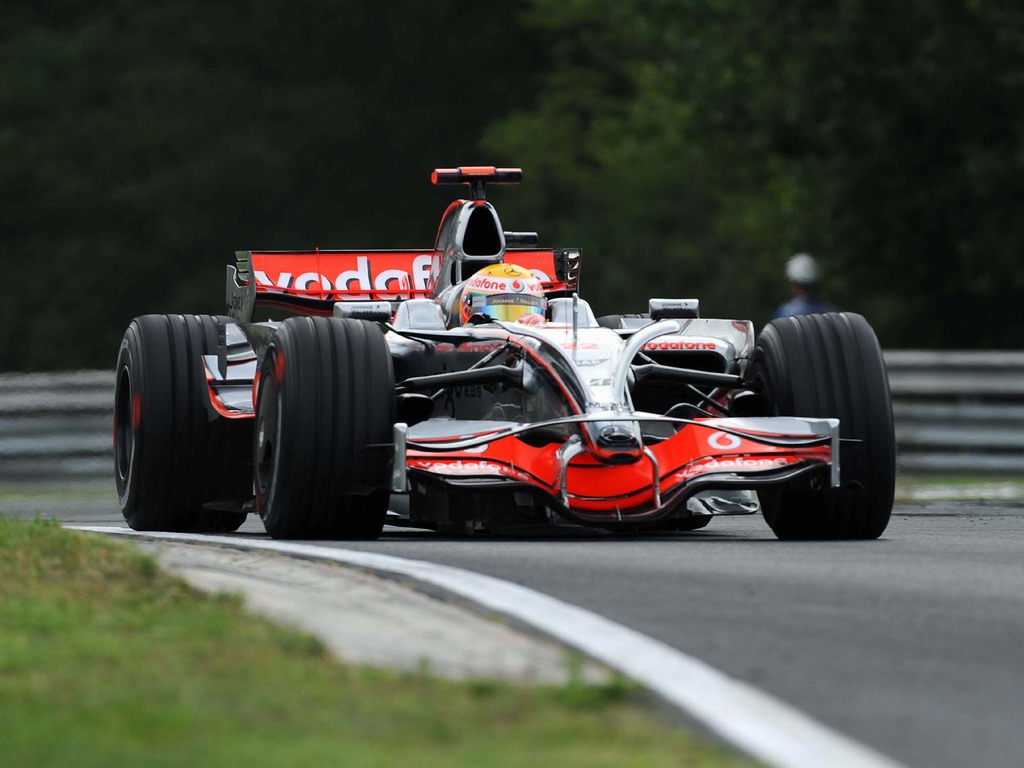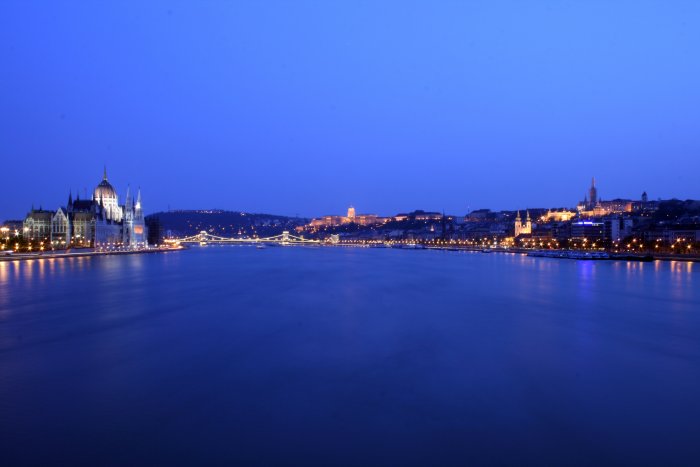Formula 1 to run in Hungary through 2020

The world’s most popular motor-vehicle sport returns with the annual Hungarian Grand Prix running at Hungaroring in Mogyoród on Sunday, with practice runs and qualifiers set for the previous two days. Mogyoród will play host to up to 200,000 fans over the three days, including some 60,000 German citizens and 100,000 other foreigners.
Hungaroring was the first Formula One track built behind the “Iron Curtain,” with Hungary winning privileges from the sport’s governing body and completing construction in 1985. In 1986, the first Formula One grand prix was held at the track and has made for one of the highlights of the Hungarian sporting calendar since then.
The good news is that Hungary will be reaffirming its place in the Formula One calendar, preserving the Budapest venue’s spot on the calendar at least until 2021. Despite the immense costs, the government remains committed to the event and the associated benefits it produces for the country aside from actual ticket sales.
If all goes as planned, the Hungaroring is now separated from assuring its place on the Formula One calendar for almost the entirety of the coming decade by formalities only, with Formula One Management and Formula One Administration president/CEO Bernie Ecclestone set to sign the extension at the upcoming Hungarian Grand Prix.
Several countries which have been regular fixtures in the season are either demanding revisions to the terms of their participation or have actually decided to part with the show altogether: grand prix events in Valencia and Melbourne are both under threat, as authorities in those cities say that license fees for participation are too high, and that if the terms are not revised, they are prepared to be left out in the future.
In contrast, the Hungarian government decided in February that the Hungaroring should continue to host a grand prix beyond the expiration of the current contract in 2016. At that time, Development Minister Zsuzsanna Németh told media that the government had concluded that the necessary funding, some HUF 6 billion a year, will be earmarked in annual budgets for the years to come, in order to make the most of the additional tourism revenues and image-building potential of the Hungarian race.
The revised agreement will secure the Hungarian race from 2017 to 2021.
The national government is taking pride in the fact that, thanks to the new asset management structure at track operator Hungaroring Zrt introduced by the current administration, the company was able to produce a strong recovery from the preceding years. Németh said that 2012 was the first year in its existence when Hungaroring Zrt actually turned a profit.
Organizers remain optimistic in the runup to the race: Hungaroring Zrt CEO Zsolt Gyulai, said that in a year-on-year comparison presales were up 10% at the end of June and up 15% by mid-July. Sales are supported by discounts offered by the organizers that target domestic F1 fans, many of whom can’t afford the expensive fees. The offer is for a HUF 9,990 ticket for standing spots and HUF 19,990 for a seat. This is a discount of around HUF 3,000 to HUF 4,000 from the list prices, which range from €18 to €450, depending on day and category.
The government supports these campaigns by offering free transportation on centrally owned companies like rail firm MÁV or the Volán regional buses, with hopes for a larger turnout from rural locations.
“Numerous studies and surveys have proven without a shadow of a doubt that all the costs of the race can be recouped manifold,” Gyulai said. Németh added that the race alone could be directly linked to an additional 150,000 guest nights in Hungary, whereas other studies set the number as high as 200,000.
State-owned tourism promotion agency Magyar Turizmus Zrt has conducted a campaign abroad targeting fans in other countries, including Austria, Germany and Great Britain; the company also held raffle competitions in these countries, distributing free tickets to the race weekend, which was supported by radio ads, localized websites and social media pages.
The extension of the license to run the race entails conditions and concomitant costs that the track operator – and consequently the Hungarian state – is happy to pay. According to a February issue of the central bulletin Magyar Közlöny, this translates to $38.3 million for 2017 and increases by 7.5% annually from then on.
Gyulai explained the latest developments: the construction of new medical facilities at the racetrack cost HUF 125 million net, the overhaul of the press center required an additional HUF 50 million, while a new 485-meter gravel trap accounted for another HUF 42 million. If the contract extension is signed as expected, further costs will be accrued thanks to additional mandatory development required on and around the track. Such development includes the replacement of the tarmac, which is extremely costly.
The Hungaroring circuit is 19 kilometers from the center of Budapest off the M3 highway near Mogyoród. The 3.975-kilometer long track is nestled in a natural valley, creating envious visibility: from any seat in the house, about 80% of the track can be seen.
As with all Formula One-sanctioned tracks, Hungaroring presents its individuals twists, turns and tricks to the drivers. After the opening straightaway allows for the drivers to reach speeds of up to 175 MPH, a long downhill bend turns the cars through 180 degrees. Much shifting of gears characterizes the first half of the track, with typical speeds varying from 100 to 240 KPH and back down again to 80. On the south end of the track, meanwhile, drivers are put through a true test of reflexes with Hungaroring’s myriad of subtle curves. After a sequence of slight turns, the track mirrors the 180 turn at the outset, leading to the long straightaway. Then all the drivers have to do is repeat the series 76 more times.
– originally printed in the Budapest Business Journal print edition,with additional material from David Landry
SUPPORT THE BUDAPEST BUSINESS JOURNAL
Producing journalism that is worthy of the name is a costly business. For 27 years, the publishers, editors and reporters of the Budapest Business Journal have striven to bring you business news that works, information that you can trust, that is factual, accurate and presented without fear or favor.
Newspaper organizations across the globe have struggled to find a business model that allows them to continue to excel, without compromising their ability to perform. Most recently, some have experimented with the idea of involving their most important stakeholders, their readers.
We would like to offer that same opportunity to our readers. We would like to invite you to help us deliver the quality business journalism you require. Hit our Support the BBJ button and you can choose the how much and how often you send us your contributions.







